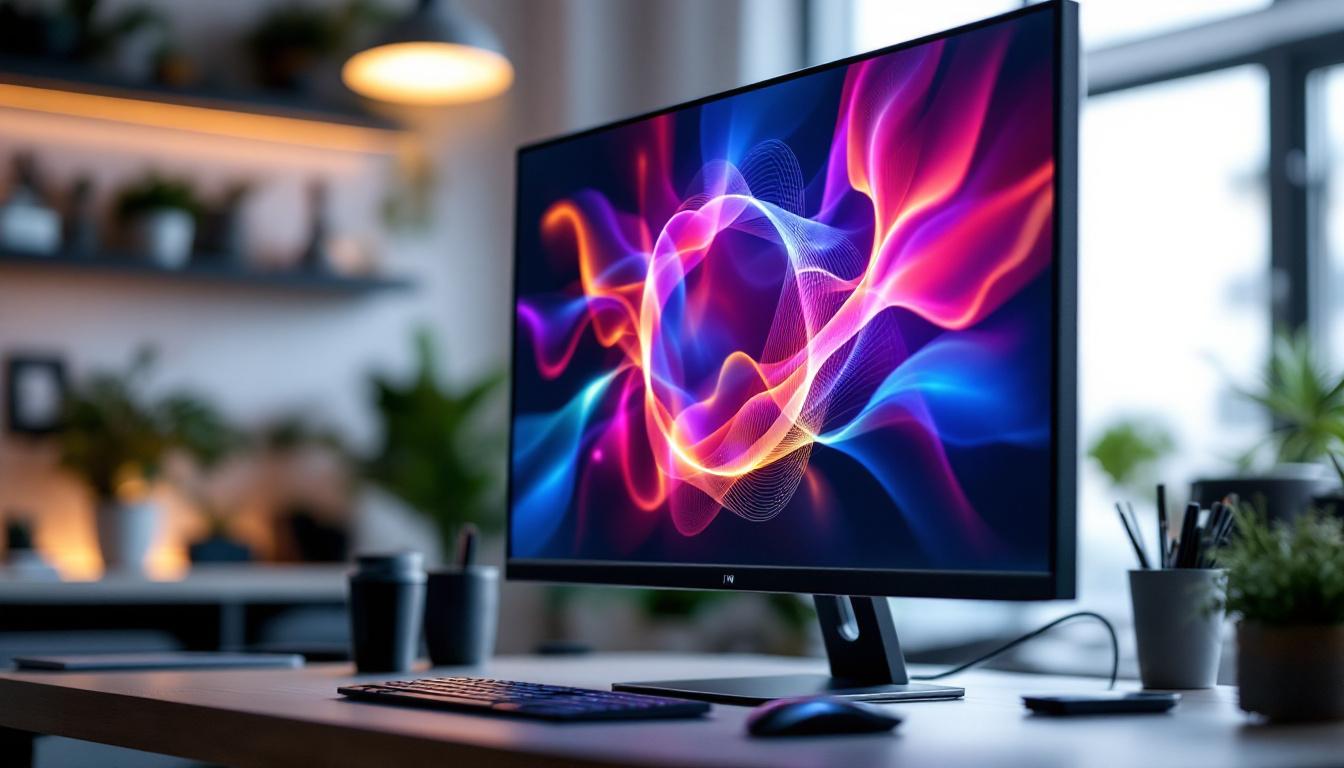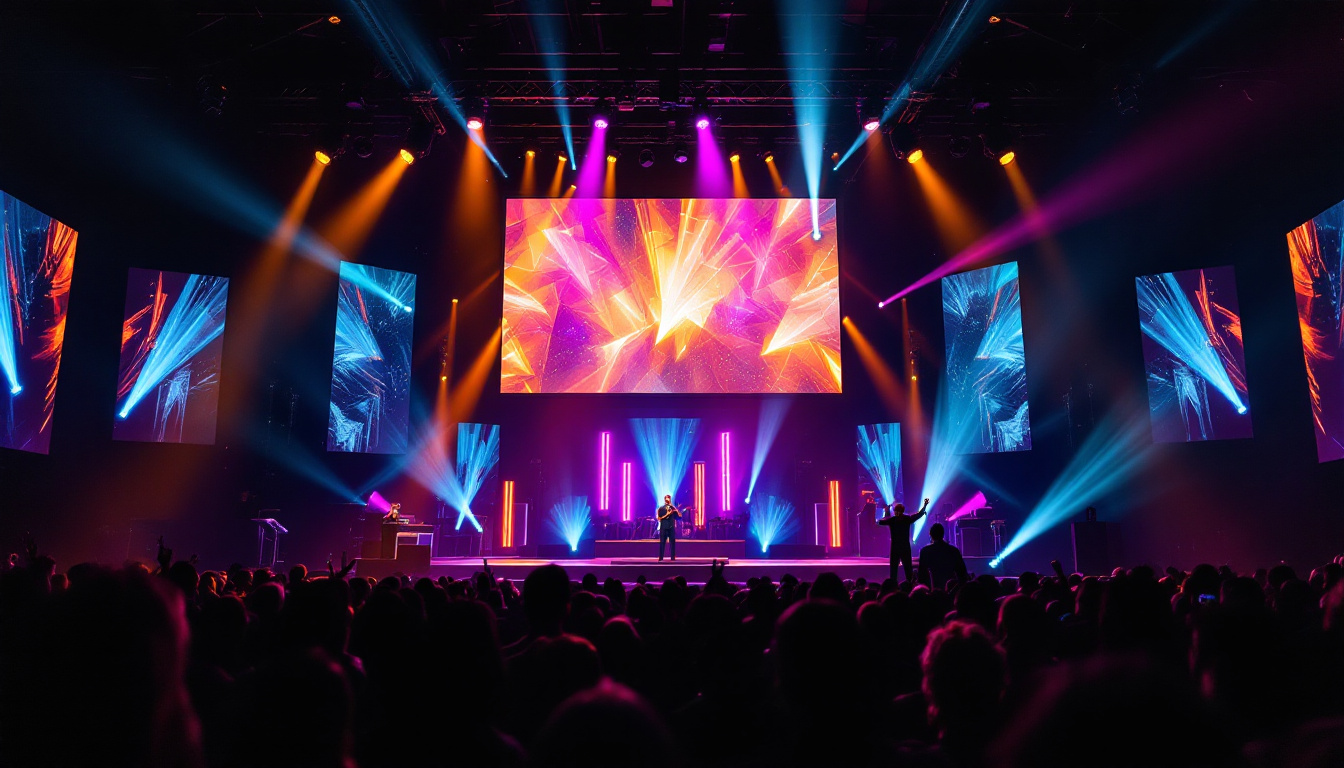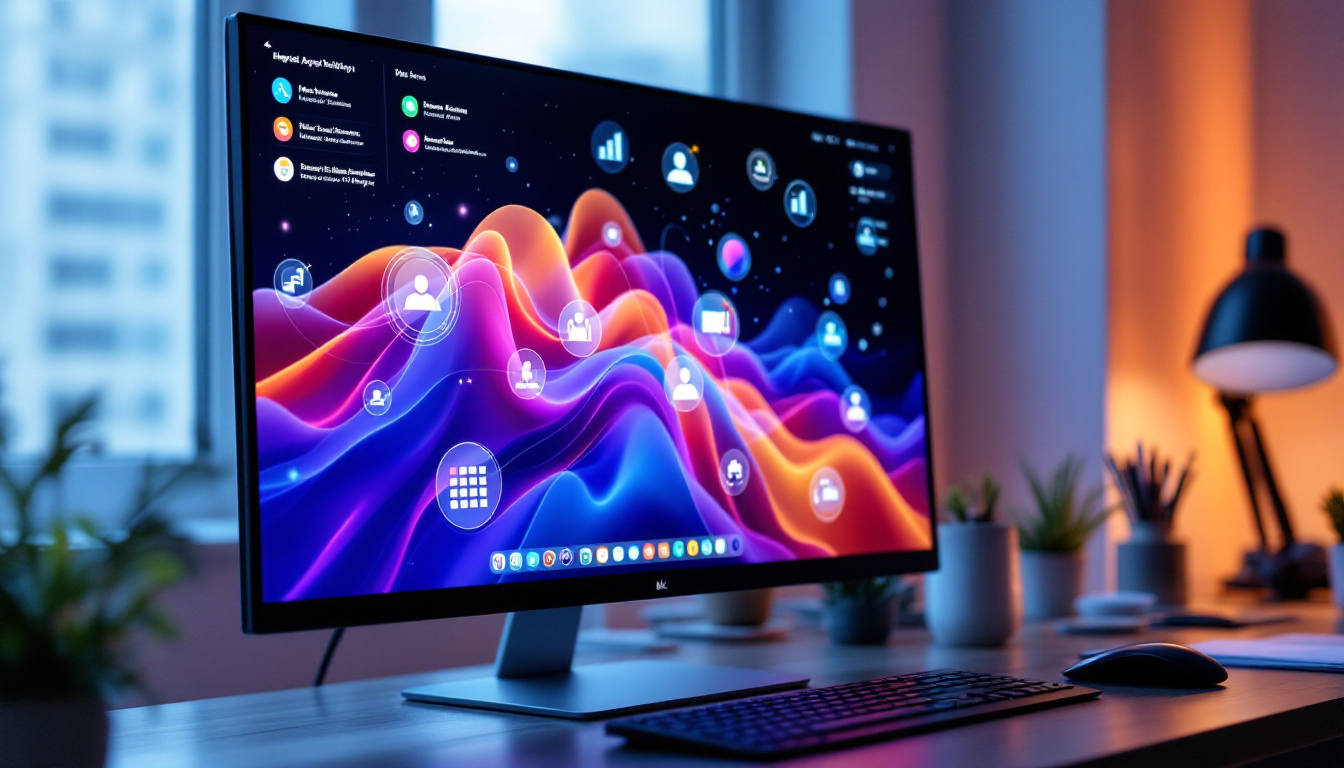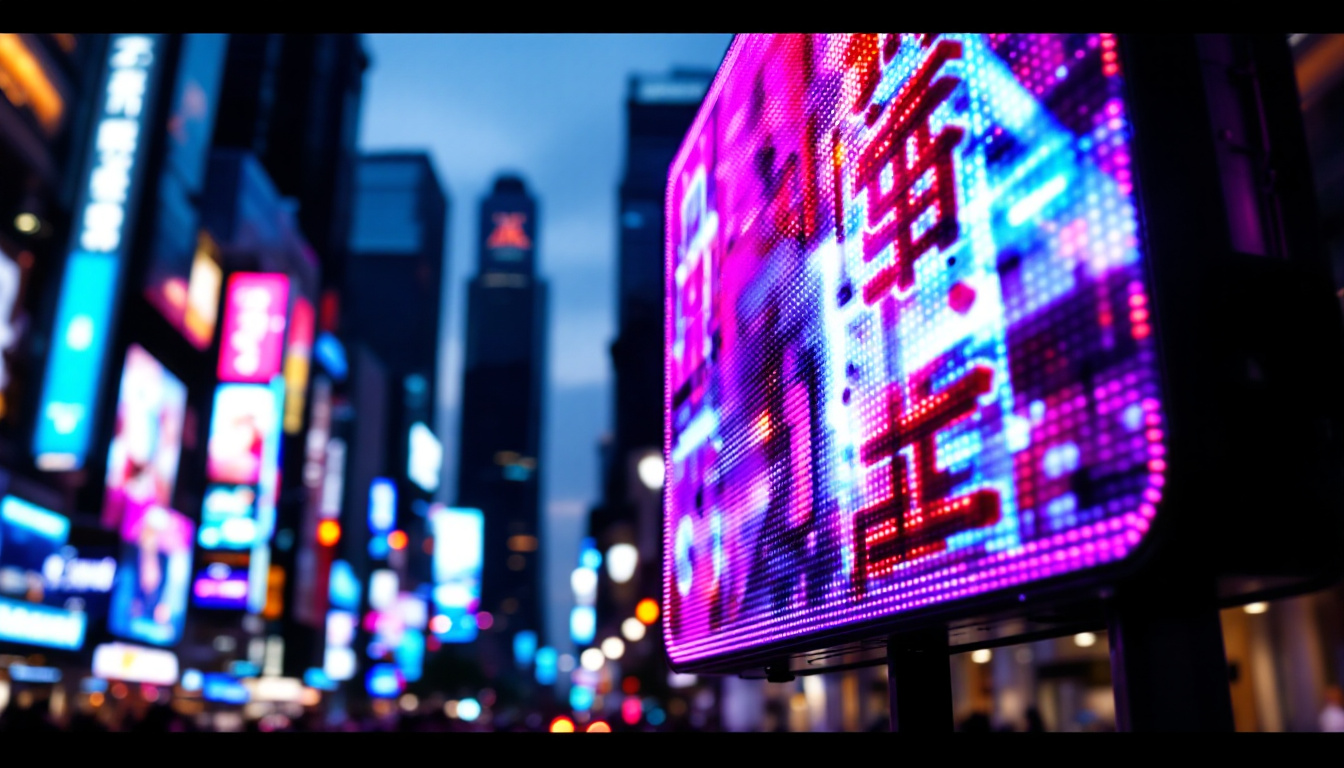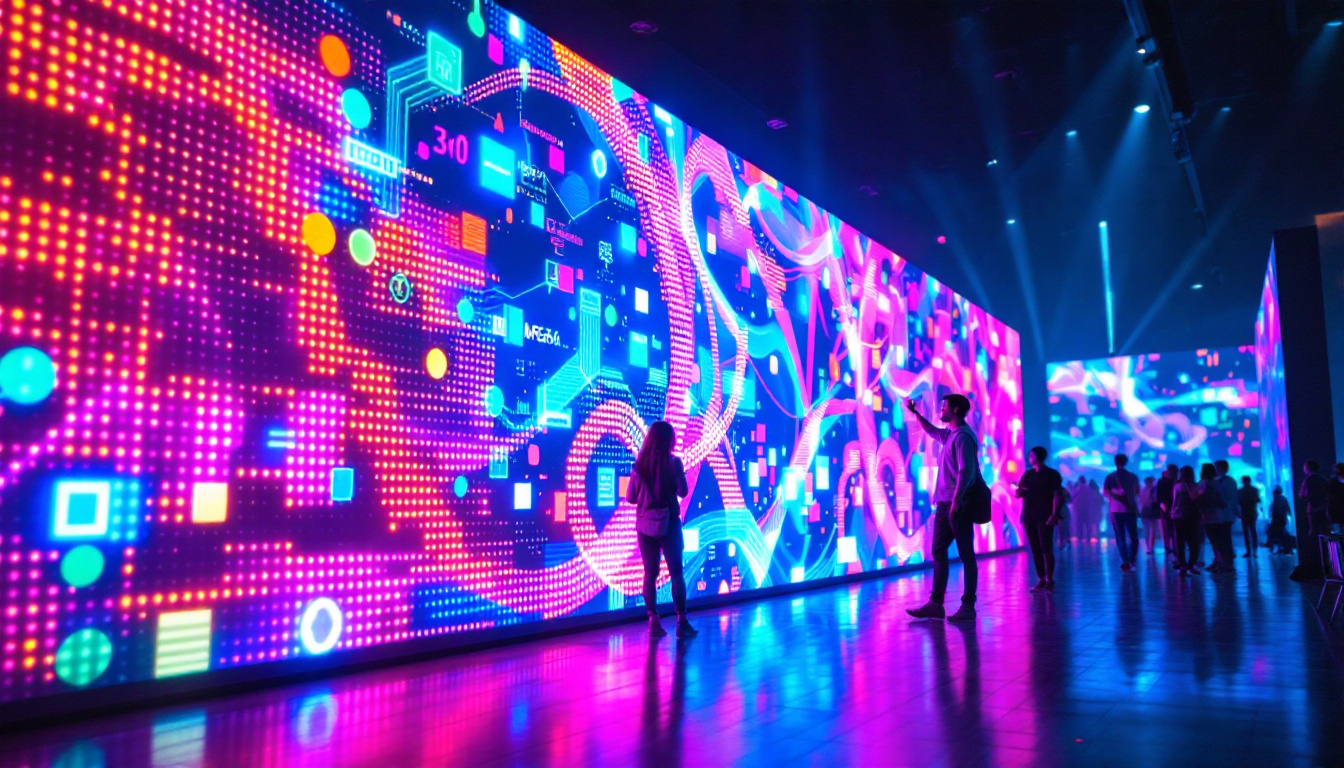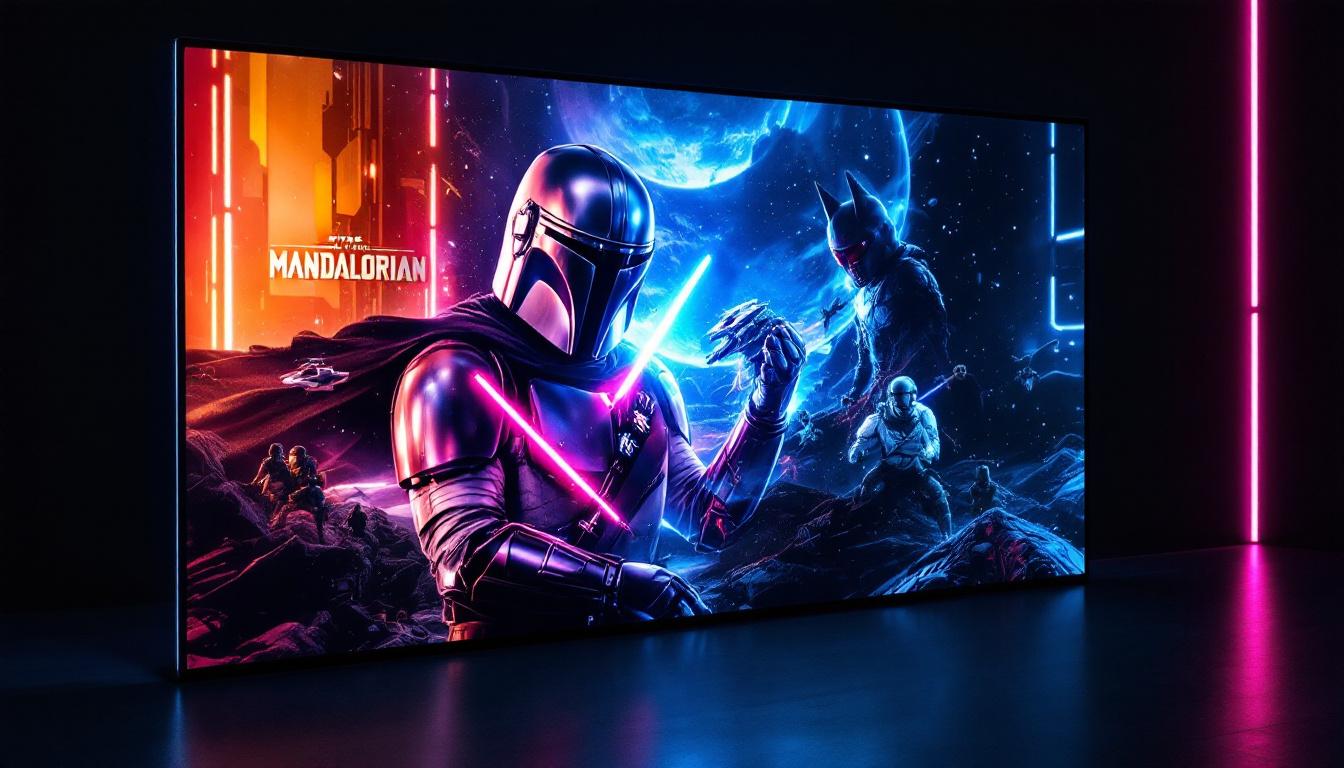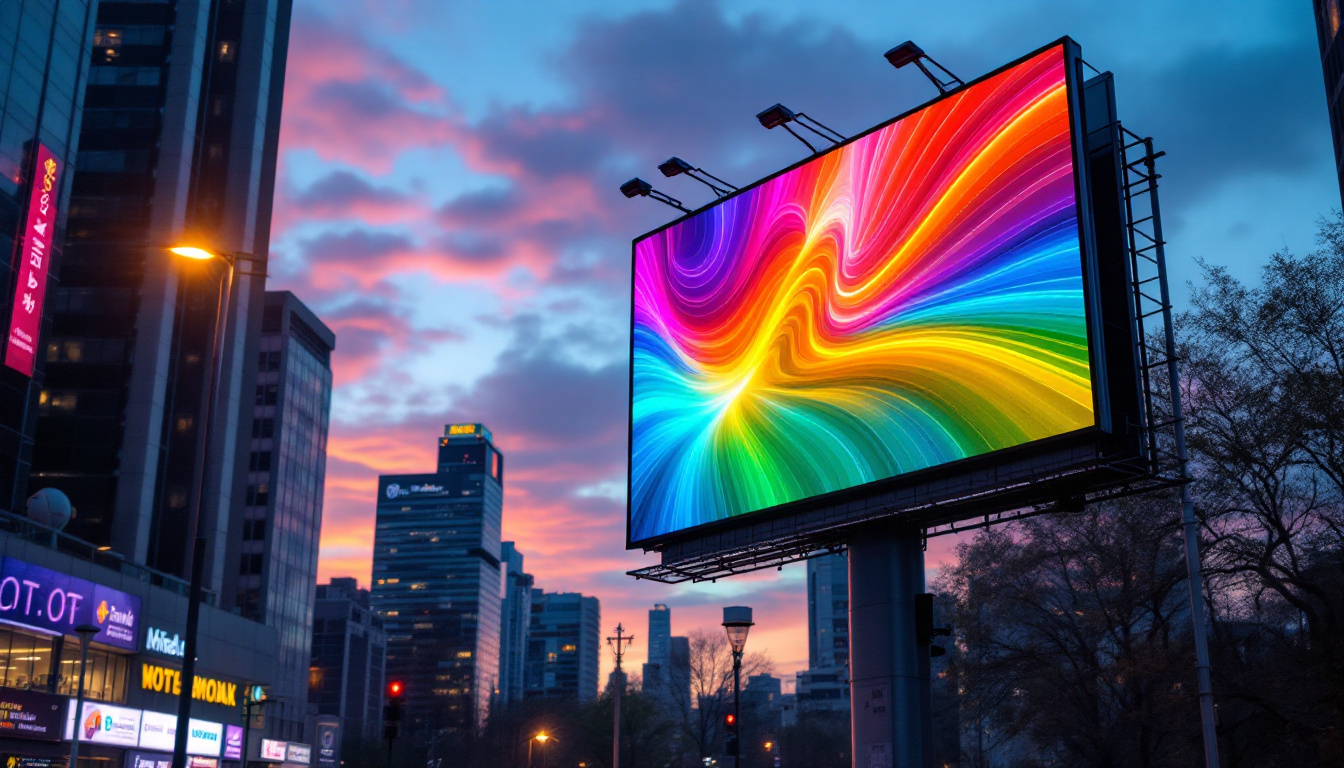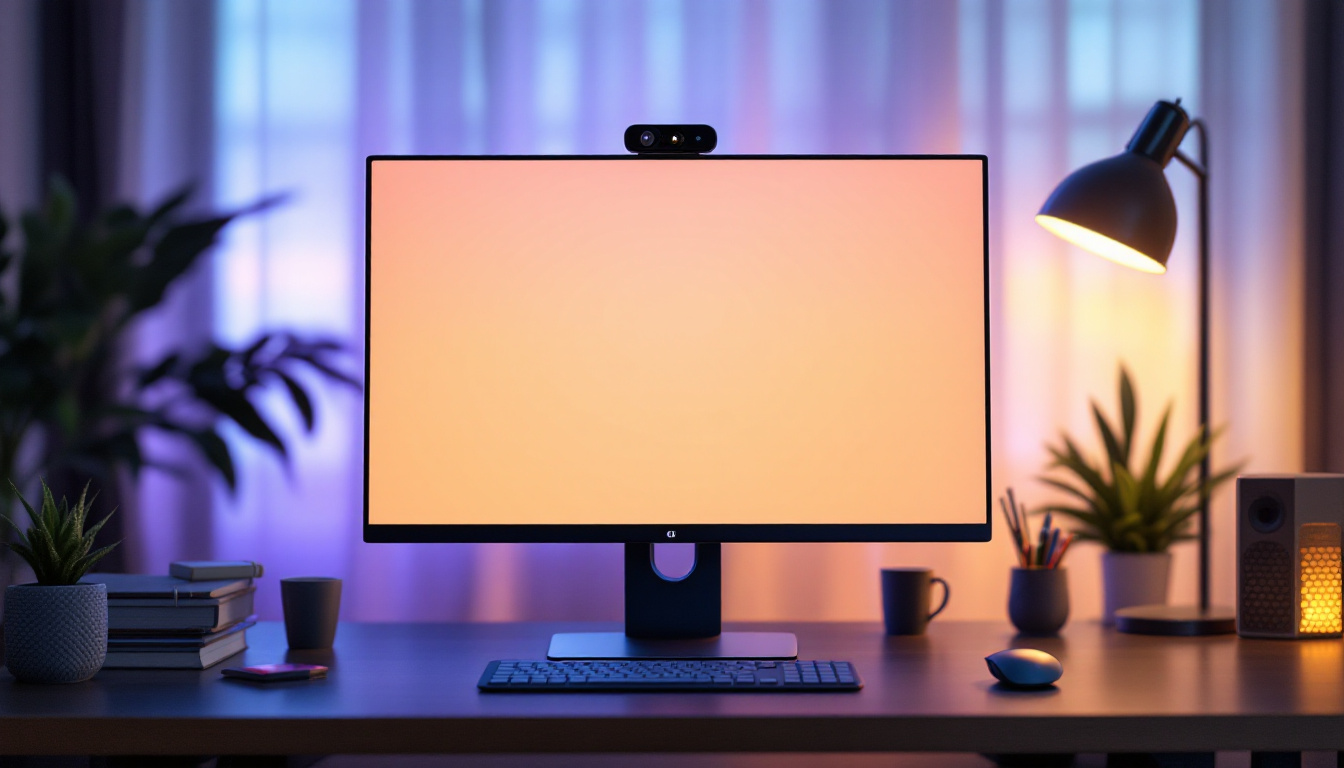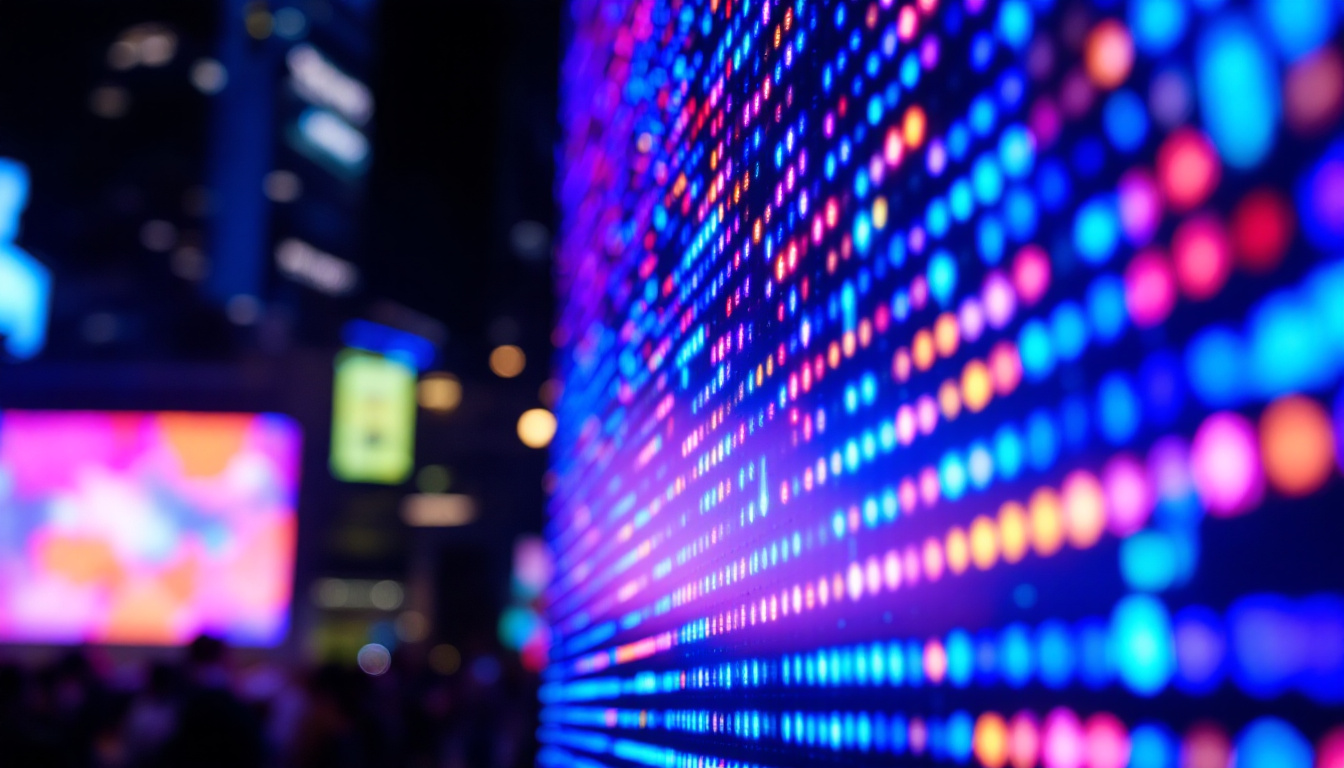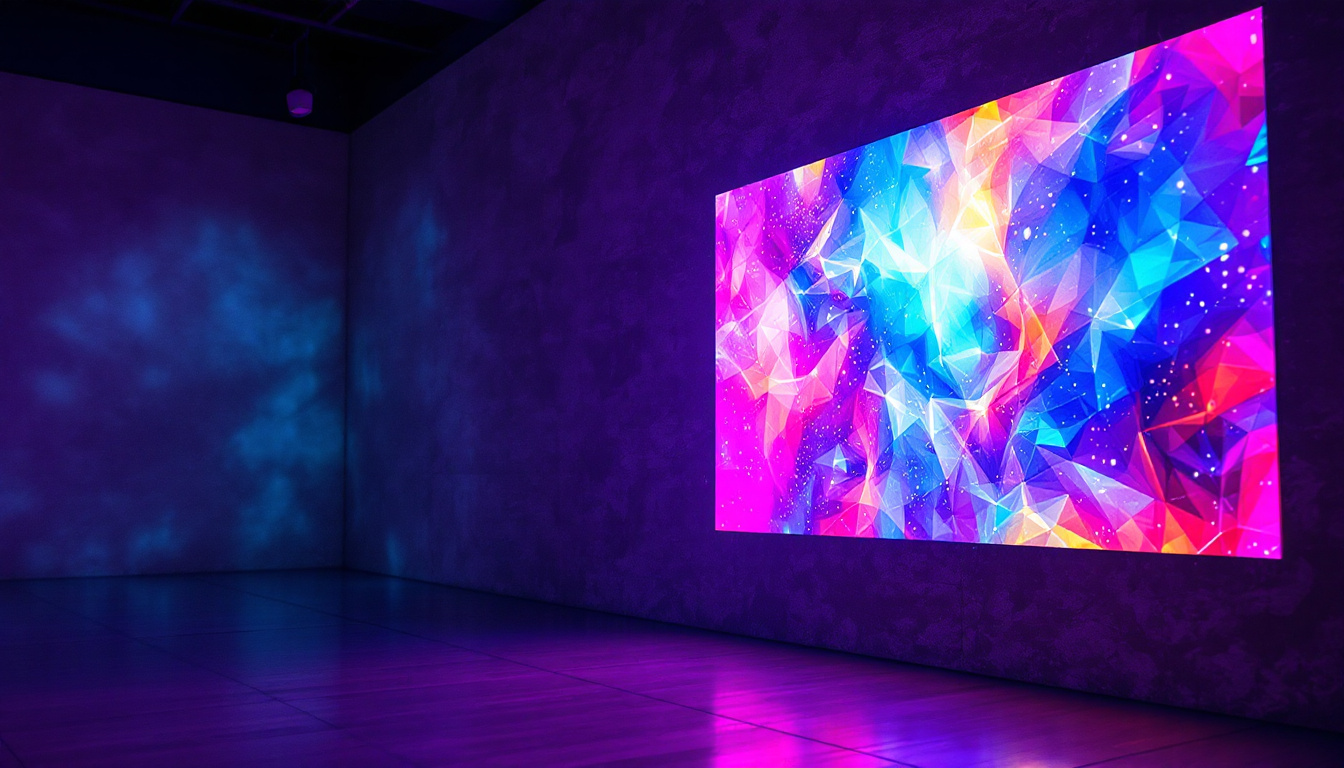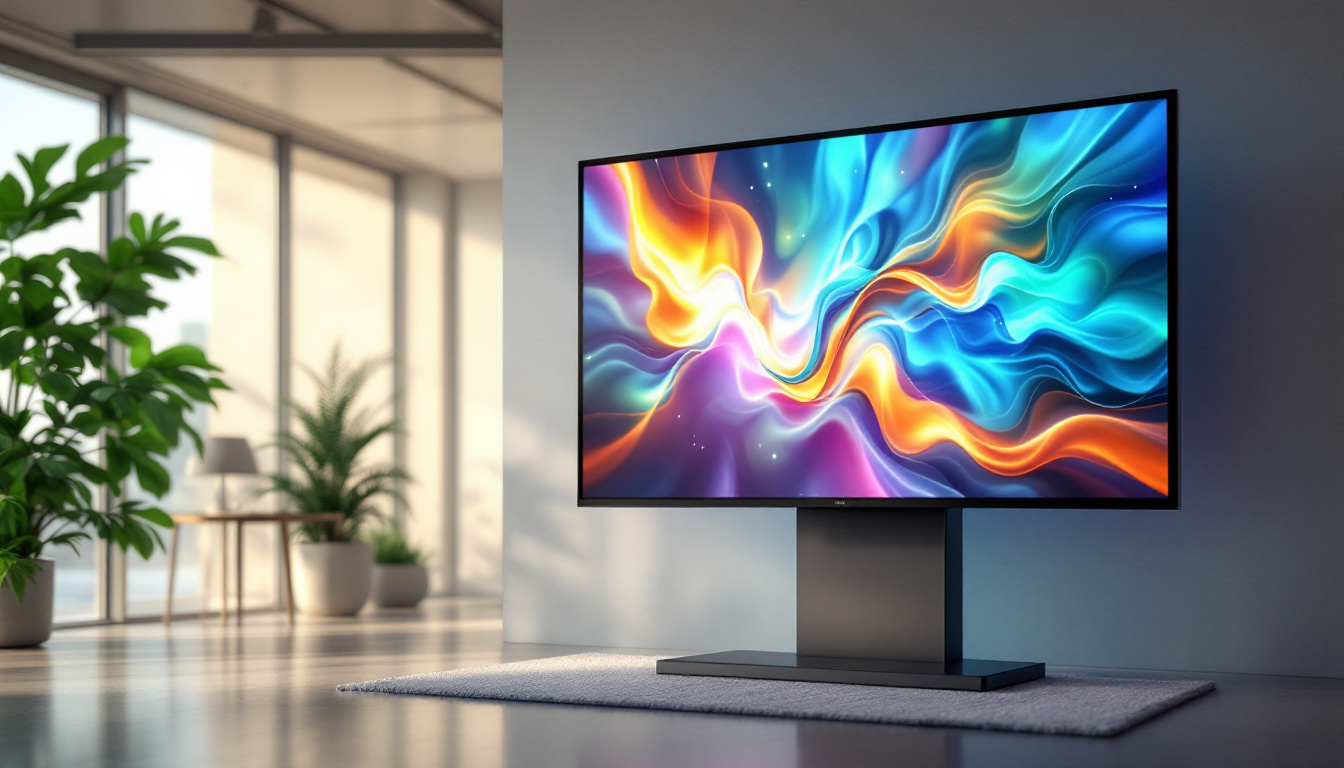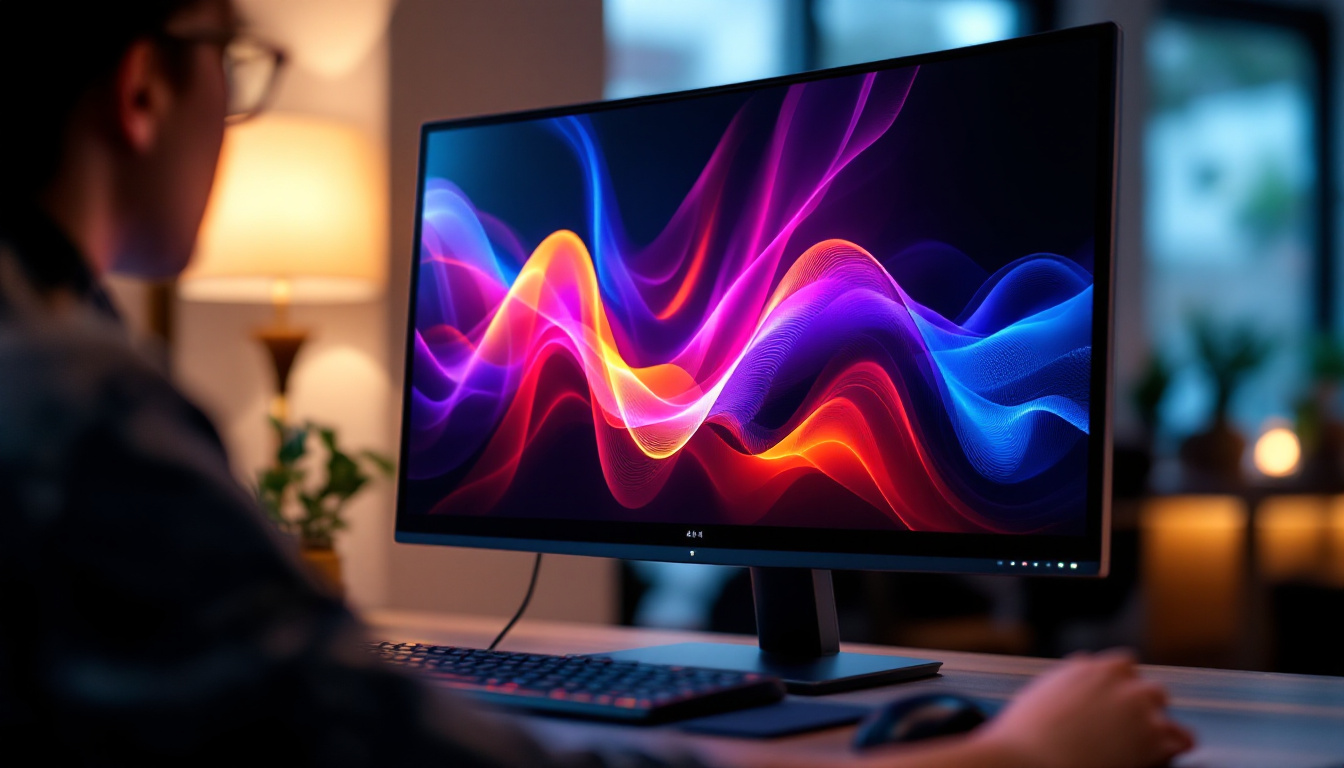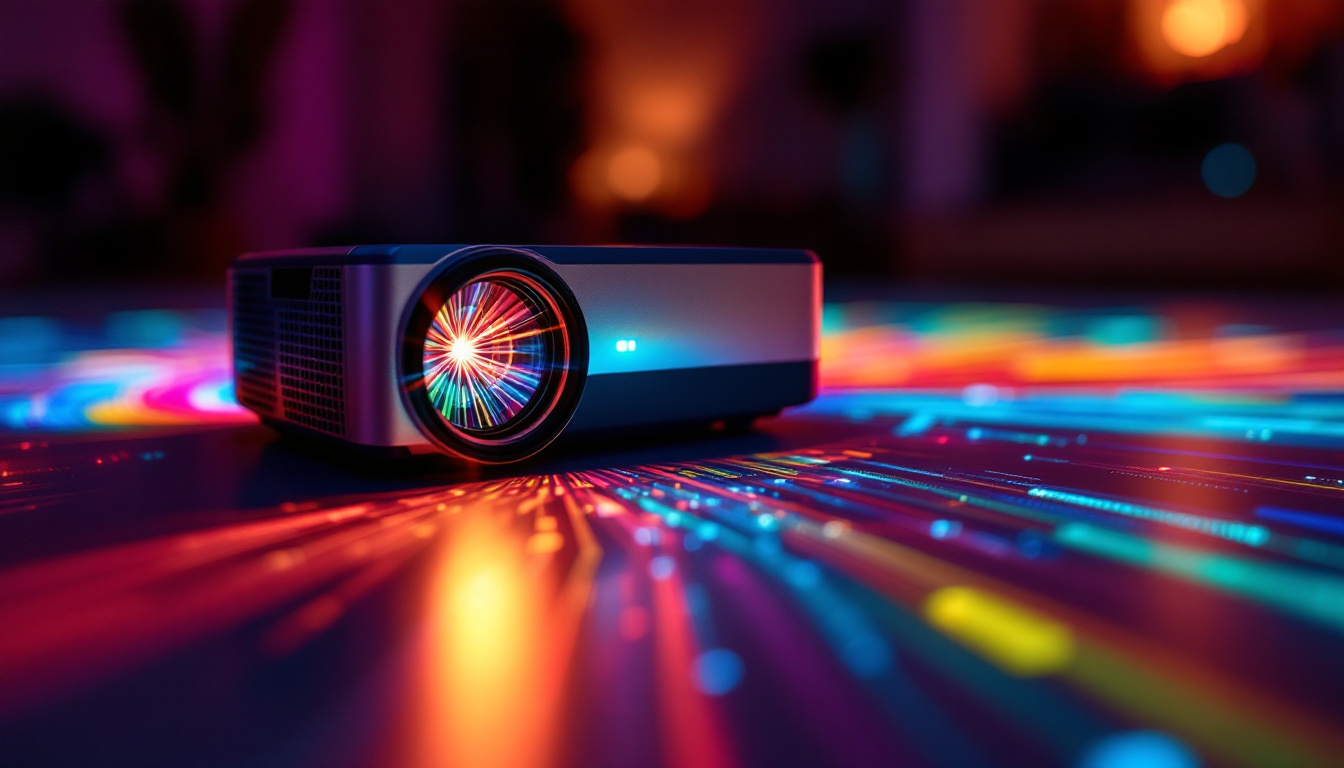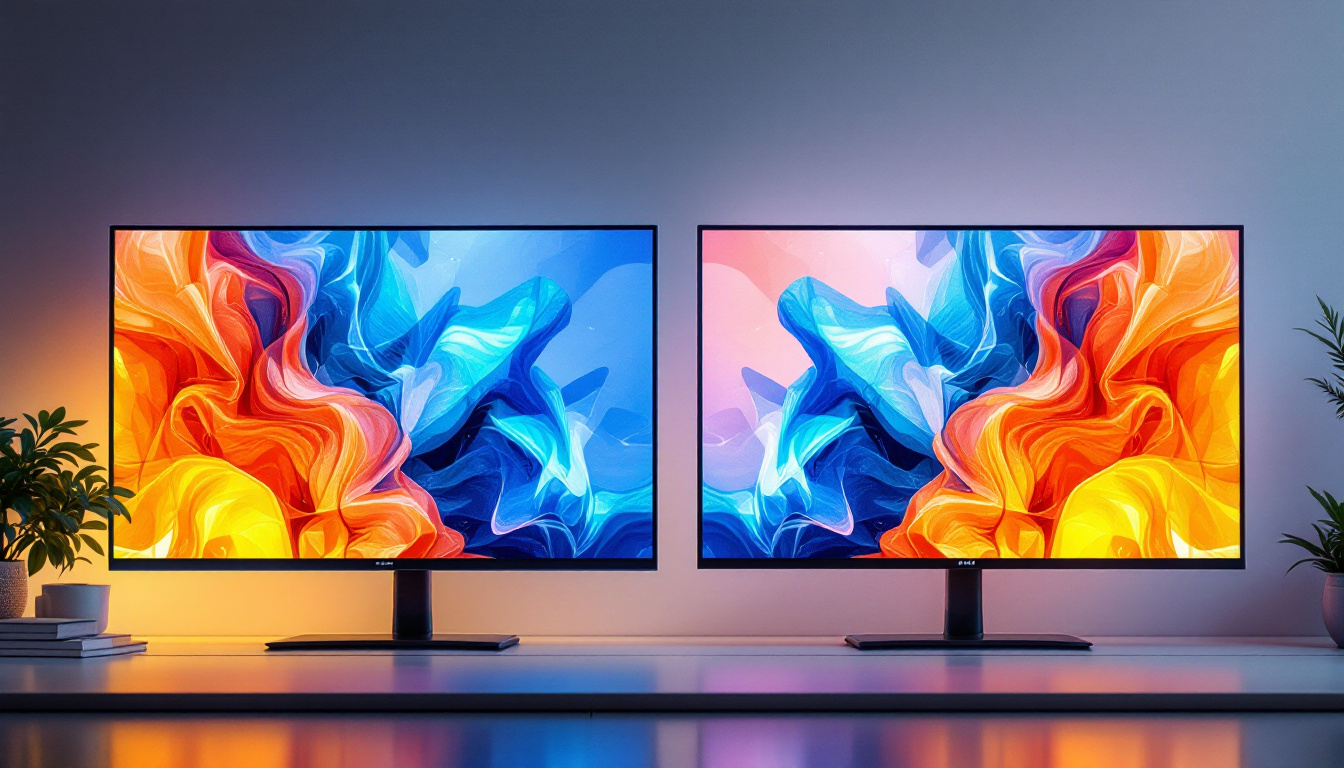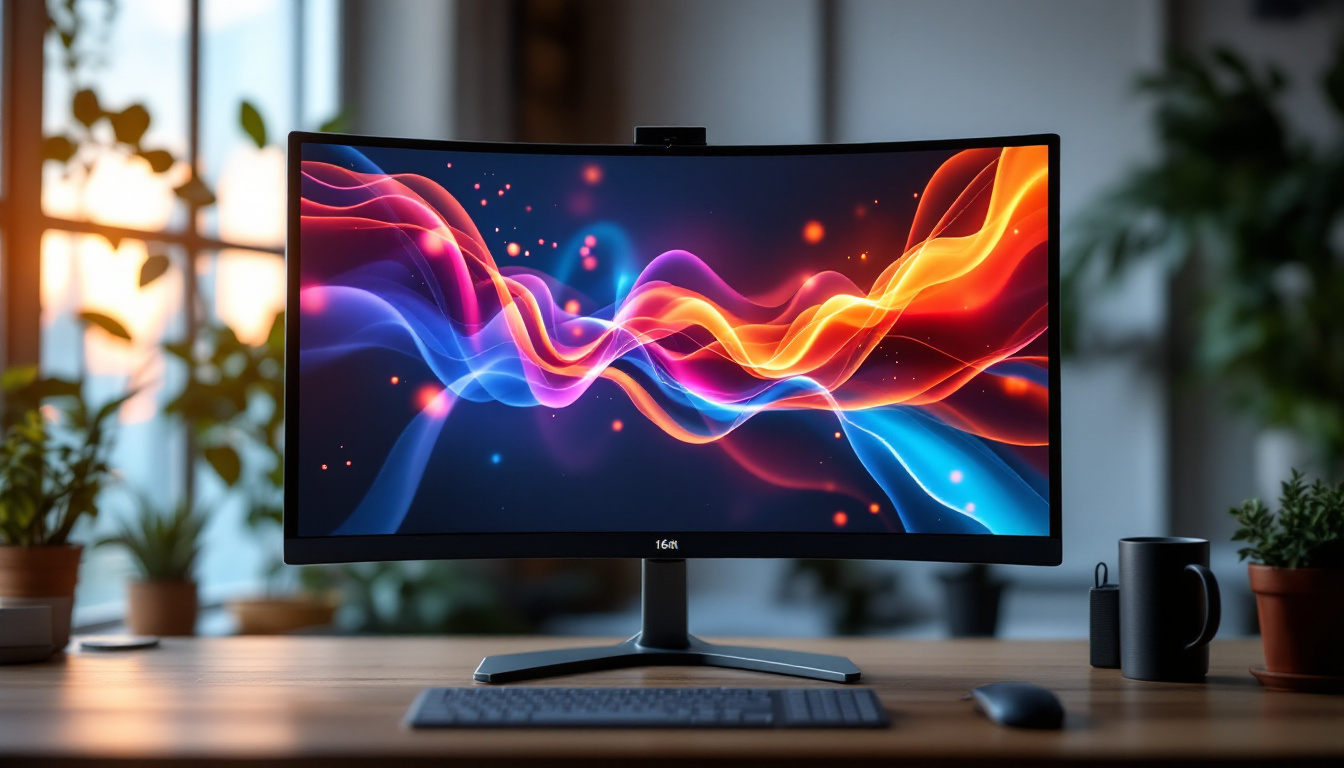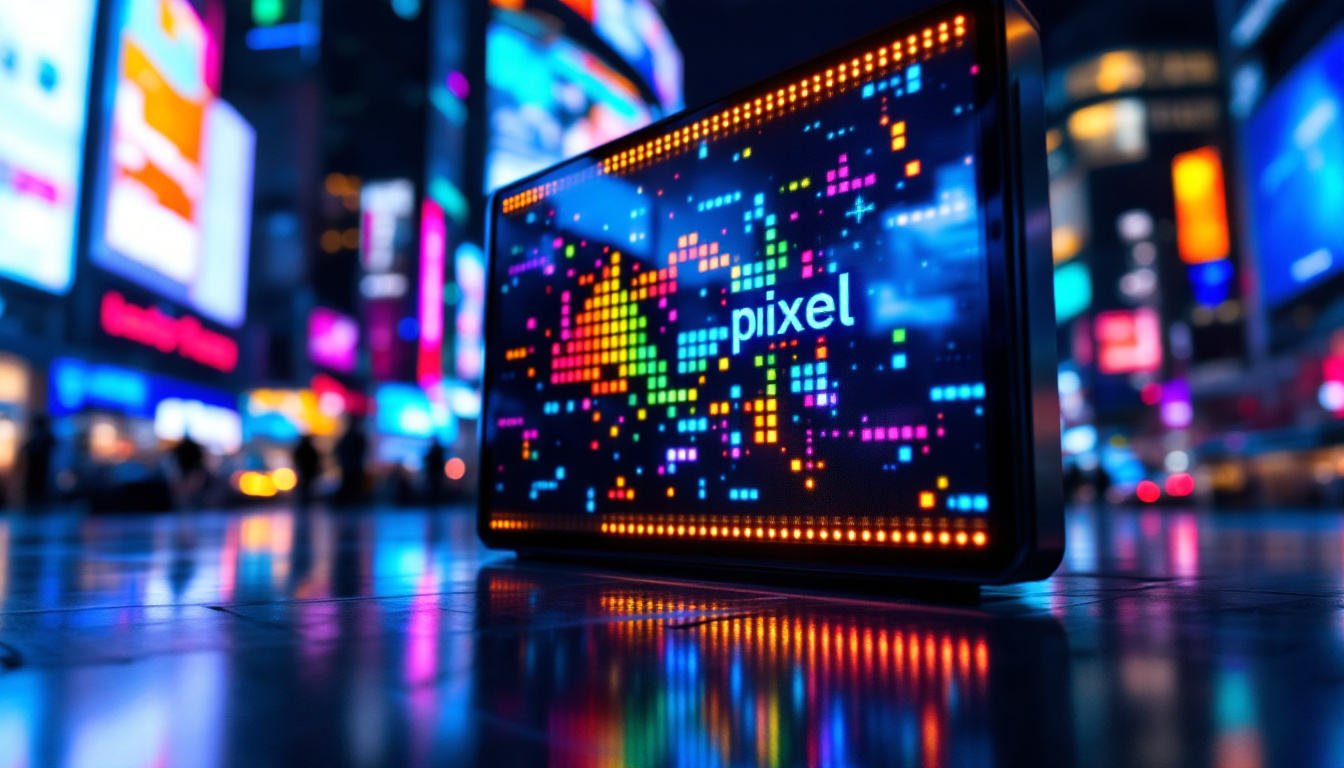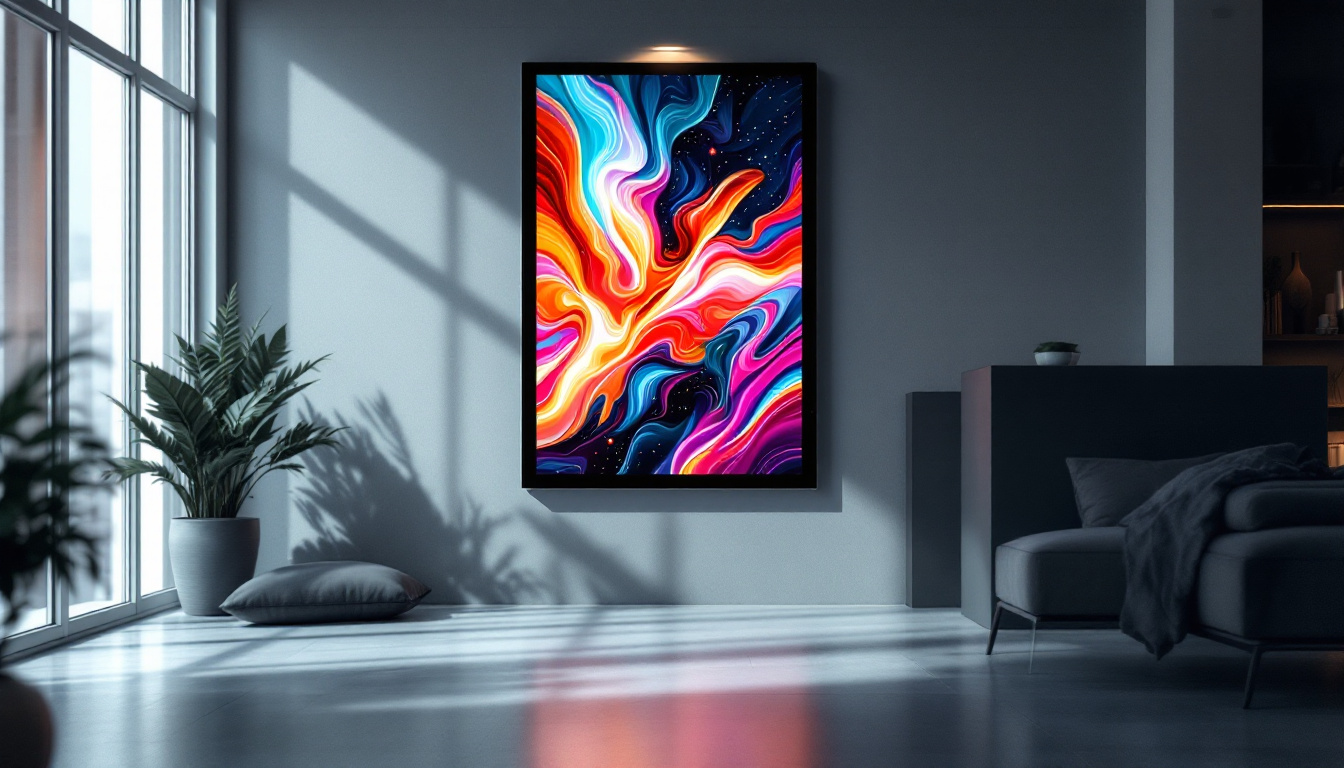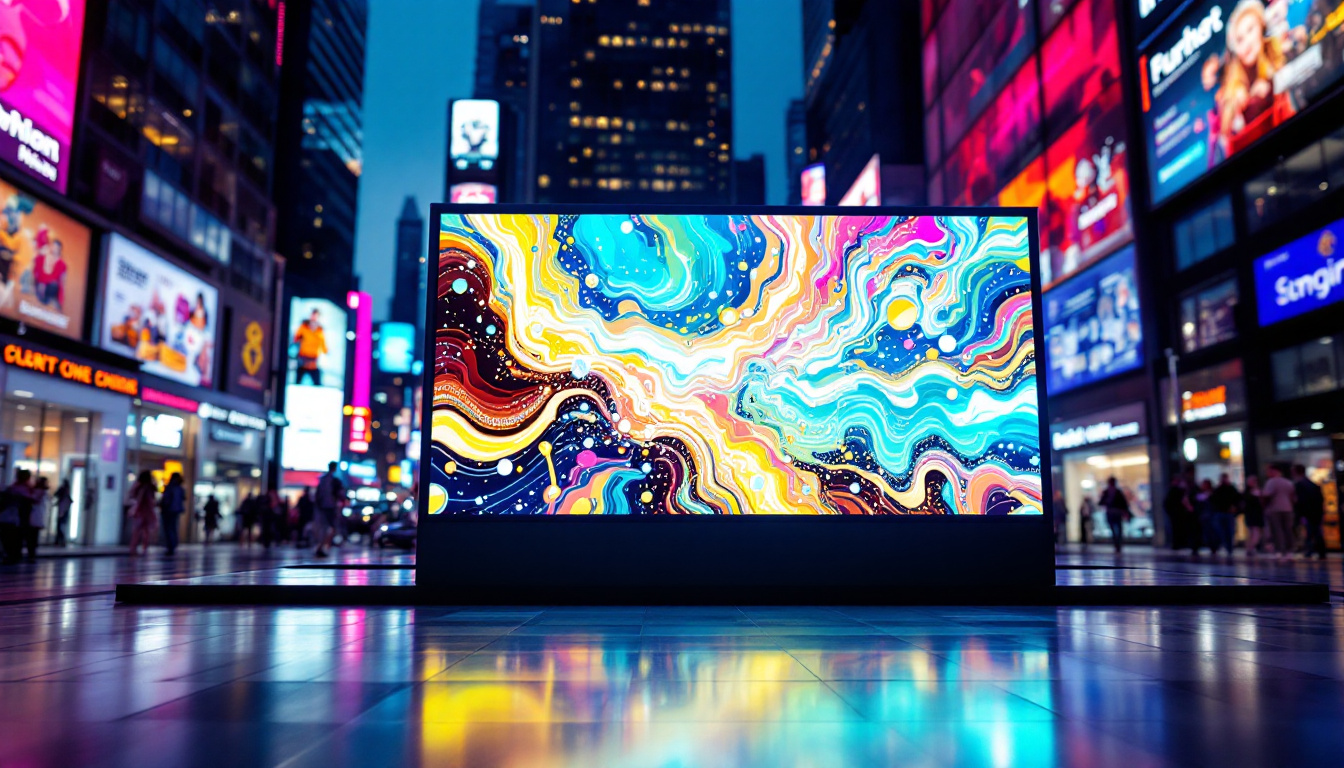In today’s digital age, computer monitors are essential tools for work, entertainment, and communication. Among the many options available, the 19-inch LCD monitor with LED backlighting remains a popular choice for users seeking a balance between performance, size, and affordability. This article delves into the technology behind LCD 19 monitors, explains the role of LED displays, and discusses why these monitors continue to be relevant in various settings.
Understanding LCD Technology
What is an LCD Monitor?
LCD stands for Liquid Crystal Display. Unlike traditional CRT monitors that use electron beams to light up phosphor dots on the screen, LCD monitors use liquid crystals sandwiched between two layers of glass or plastic. When an electric current passes through these crystals, they align to allow or block light, creating images on the screen.
The liquid crystals themselves do not emit light. Instead, they manipulate light from a backlight source, which is where LED technology comes into play. This separation of image creation and illumination is a key feature of LCD technology, allowing for thinner, lighter displays with better energy efficiency compared to older technologies. Furthermore, advancements in LCD technology have led to improved color accuracy and faster response times, making them suitable for a wide range of applications, from professional graphic design to high-speed gaming.
The Role of the 19-Inch Screen Size
The 19-inch measurement refers to the diagonal length of the screen. This size is considered compact yet sufficient for many everyday computing tasks such as office work, web browsing, and casual gaming. It strikes a balance between screen real estate and desk space, making it ideal for users with limited room or those who prefer a smaller display.
Historically, 19-inch monitors were among the most common sizes for desktop computers, especially in corporate environments. Although larger screens have become more popular, 19-inch monitors remain favored for secondary displays, budget setups, and environments where space and cost efficiency are priorities. Additionally, many educational institutions and small businesses still rely on 19-inch monitors due to their affordability and adequate performance for basic tasks. The compact size also makes them a practical choice for multi-monitor setups, where users can increase productivity by extending their workspace without overwhelming their desk area.
LED Backlighting Explained
What Does LED Mean in Monitors?
LED stands for Light Emitting Diode. In the context of LCD monitors, LEDs are used as the backlight source. Earlier LCD monitors used cold cathode fluorescent lamps (CCFLs) for backlighting, which were bulkier, consumed more power, and had shorter lifespans.
LED backlighting revolutionized LCD displays by providing brighter, more energy-efficient, and longer-lasting illumination. LEDs are tiny semiconductor devices that emit light when an electric current passes through them. Their compact size allows for thinner monitor designs, and their directional light output improves display brightness and contrast. Additionally, the ability of LEDs to achieve a wide color gamut means that colors appear more vibrant and lifelike, enhancing the overall viewing experience. This has made LED-backlit monitors particularly popular among graphic designers, photographers, and gamers who require precise color accuracy and detail.
Types of LED Backlighting
There are two main types of LED backlighting used in LCD monitors:
- Edge-Lit LED: LEDs are placed along the edges of the screen, and light is distributed across the display using light guides. This design allows for very slim monitors but can sometimes result in uneven brightness or “hotspots.” Despite these drawbacks, edge-lit technology is often favored for its sleek aesthetics and lightweight profile, making it ideal for modern, minimalist setups.
- Direct-Lit or Full-Array LED: LEDs are placed directly behind the screen in a grid pattern. This setup provides more uniform brightness and better contrast, especially when combined with local dimming technology, which can turn off LEDs in dark areas of the screen. This feature is particularly beneficial for watching movies or playing video games, where contrast between light and dark scenes is crucial for immersion.
Most 19-inch monitors tend to use edge-lit LED technology due to cost and design considerations, but some higher-end models may feature direct-lit LED backlighting for improved image quality. Furthermore, as technology advances, we are seeing a rise in hybrid models that combine both edge-lit and direct-lit technologies, allowing manufacturers to optimize performance while maintaining a slim profile. This innovation not only enhances visual quality but also caters to consumer demand for energy-efficient solutions, as these modern displays often consume less power compared to their predecessors.
Advantages of LCD 19 Monitors with LED Displays
Energy Efficiency and Environmental Impact
One of the most significant benefits of LED-backlit LCD monitors is their energy efficiency. Compared to CCFL-backlit displays, LED monitors consume up to 40% less power. This reduction not only lowers electricity bills but also contributes to a smaller carbon footprint, which is increasingly important as organizations and individuals seek greener technology solutions.
Furthermore, LEDs do not contain mercury, unlike CCFLs, making LED-backlit monitors safer to dispose of and more environmentally friendly overall. This aspect is particularly crucial as electronic waste continues to be a pressing global issue, with many countries struggling to manage the disposal of hazardous materials found in older technologies. By opting for LED monitors, consumers can play a part in promoting sustainable practices and reducing the environmental impact associated with electronic waste.
Improved Display Quality
LED backlighting enhances the brightness and contrast of LCD monitors. This improvement results in clearer images, more vibrant colors, and better visibility in various lighting conditions. For a 19-inch monitor, which is often used in office or home environments, these qualities translate to reduced eye strain and a more comfortable viewing experience.
Additionally, LED technology supports a wider color gamut and faster response times, which can be beneficial for multimedia consumption and light gaming. The enhanced display quality not only makes everyday tasks like reading documents or browsing the web more enjoyable but also elevates the experience of watching movies or playing games, where detail and color accuracy are paramount. As a result, users can appreciate richer visuals and a more immersive experience, whether they are working on a project or enjoying their favorite media.
Compact and Sleek Design
The small size of LEDs allows manufacturers to produce thinner and lighter monitors. A 19-inch LCD monitor with LED backlighting can easily fit into tight spaces, making it suitable for multi-monitor setups or small desks. Its sleek design also contributes to a modern aesthetic, which is appealing in both professional and personal settings.
Moreover, the lightweight nature of these monitors makes them highly portable, allowing users to relocate their setup with ease. This feature is particularly advantageous for those who attend meetings or collaborate in different spaces, as the monitor can be easily transported without the bulk associated with older models. The combination of a compact form factor and stylish design not only enhances functionality but also allows users to maintain a clean and organized workspace, reflecting a contemporary approach to technology in everyday life.
Common Uses of 19-Inch LCD Monitors with LED Displays
Office and Business Environments
Many businesses continue to rely on 19-inch LCD monitors for their cost-effectiveness and reliability. These monitors are ideal for tasks such as word processing, spreadsheets, email, and web browsing. Their moderate size allows for comfortable viewing without overwhelming the workspace.
In call centers, banks, and other corporate environments, 19-inch monitors are often paired with ergonomic stands and adjustable arms to optimize workspace efficiency. Their energy efficiency also helps companies reduce operational costs.
Education and Public Institutions
Schools, libraries, and public access centers frequently use 19-inch LCD monitors due to their affordability and ease of maintenance. These monitors provide sufficient screen space for educational software and internet research while being robust enough to withstand frequent use.
Home Use and Secondary Displays
For home users, 19-inch monitors serve as excellent secondary screens for multitasking, such as monitoring emails, social media, or streaming content while working on a primary display. They are also popular in budget-conscious setups where larger monitors may not be necessary or affordable.
In some cases, 19-inch monitors are used in specialized applications such as point-of-sale systems, industrial control panels, or security monitoring due to their compact size and reliable performance.
Choosing the Right 19-Inch LCD Monitor with LED Display
Resolution and Aspect Ratio
Most 19-inch monitors offer a resolution of 1366×768 pixels (HD) or 1440×900 pixels (WXGA+). While these resolutions are sufficient for general tasks, users requiring sharper images or more screen real estate might consider higher resolutions, though these are less common in this size category.
The aspect ratio is typically 16:9 or 16:10. The 16:9 ratio is standard for widescreen content, while 16:10 provides slightly more vertical space, which can be advantageous for document editing and coding.
Connectivity Options
Modern 19-inch monitors generally come equipped with VGA and DVI ports, with some models including HDMI or DisplayPort for compatibility with newer devices. It’s important to choose a monitor that matches the output options of your computer or peripherals to ensure seamless connectivity.
Additional Features
Some monitors offer built-in speakers, adjustable stands, or blue light filters to reduce eye fatigue. These features can enhance the user experience, especially for those who spend extended periods in front of the screen.
Future Trends and Considerations
The Shift Toward Larger and Higher-Resolution Displays
While 19-inch monitors remain popular in certain niches, the general market trend favors larger screens with higher resolutions. Monitors in the 24-inch to 27-inch range with Full HD or 4K resolution are becoming standard, driven by the demand for immersive gaming, professional content creation, and multitasking.
Nevertheless, 19-inch LCD monitors with LED displays still hold value for users prioritizing compactness, affordability, and energy efficiency.
Emerging Display Technologies
Technologies such as OLED and Mini-LED are gaining traction, offering superior contrast ratios, color accuracy, and thinner profiles. However, these advances are currently more prevalent in larger and premium monitors. For budget-conscious consumers, LED-backlit LCD monitors remain a practical choice.
Conclusion
The 19-inch LCD monitor with LED backlighting represents a mature and reliable display technology that continues to serve a wide range of users effectively. Its combination of energy efficiency, good image quality, compact design, and affordability makes it a compelling option for office environments, educational institutions, and home users alike.
Understanding the fundamentals of LCD and LED technologies helps in making informed decisions when selecting a monitor. While newer technologies and larger screen sizes are gaining popularity, the 19-inch LED-backlit LCD monitor remains a practical and accessible solution for many computing needs.
Discover LumenMatrix’s Advanced LED Display Solutions
As you consider the benefits of a 19-inch LCD monitor with LED backlighting for your workspace or home, take the opportunity to explore the next level of visual technology with LumenMatrix. Our innovative LED display modules are designed to transform any environment into a dynamic and engaging space. From Indoor and Outdoor LED Wall Displays to specialized solutions like Vehicle LED Displays and Custom LED Displays, LumenMatrix is at the forefront of creating immersive experiences that captivate and communicate with unparalleled clarity. Check out LumenMatrix LED Display Solutions today and see how our cutting-edge technology can revolutionize your visual displays.

